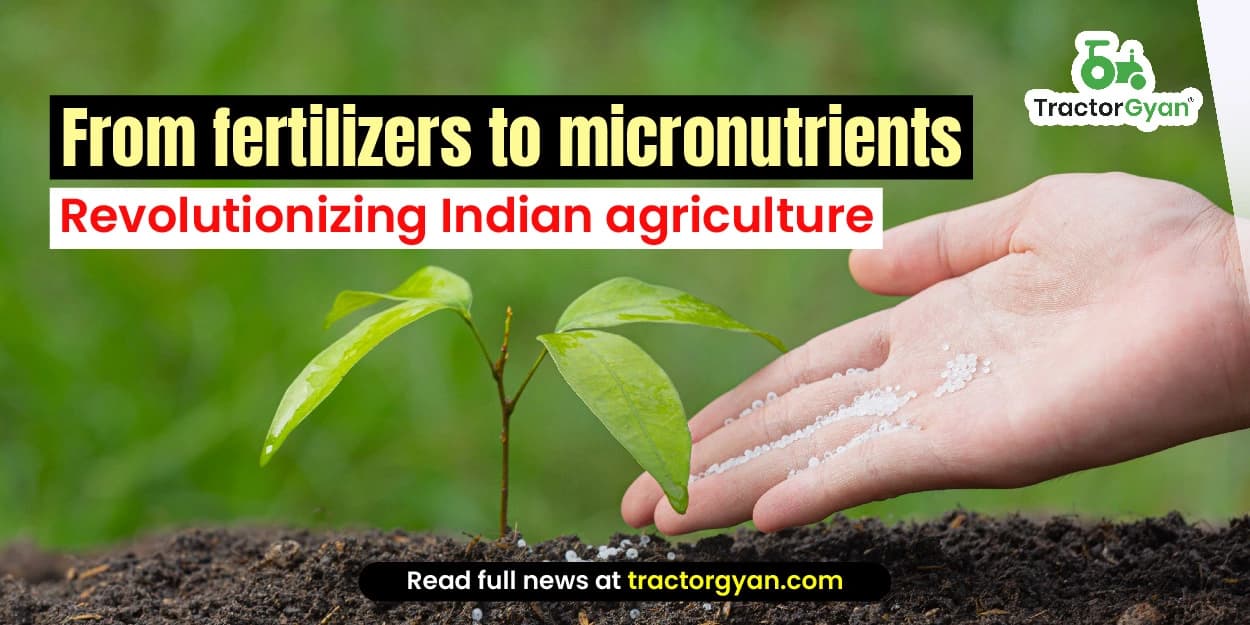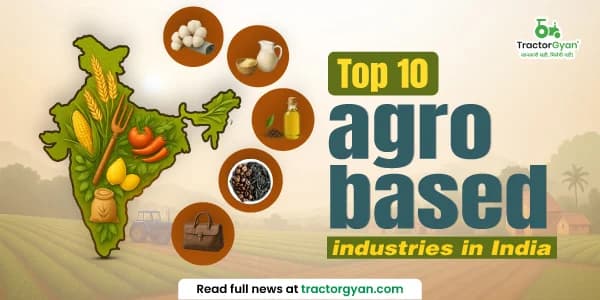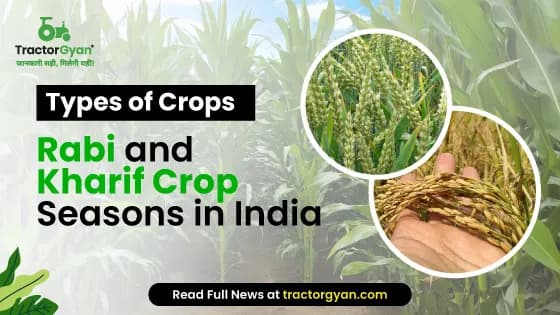From Fertilizers to Micronutrients: Revolutionizing Indian Agriculture
Table of Content
India has progressed from low-yielding primitive agriculture to highly productive agriculture using micronutrients and biofertilisers. India's fertiliser consumption reached 30.64 million MT in 2023-24. Because overfertilisation has deteriorated soil fertility, farmers are looking for nutritional options.
Micronutrients, including zinc, boron, and iron, are becoming an option for crop resilience. India is changing food production, employing balanced fertilisation, organic approaches, and modern technologies for sustainable development. What effects will these developments in the field of micronutrients bring on farming? Let's have a look.
Degradation by Chemical Fertilisers Paved the Way for Micronutrients
Chemical fertilisers used to grow more food harm the environment and living organisms. Soils have also lost micronutrients due to long-term cropping and soil erosion. The replacement of manures with mineral fertilisers has lowered micronutrients.
Though contained in trace levels in tissue, micronutrients are vital for plant development and growth. Without these nutrients, plant nutrition would be hampered, possibly reducing plant output.
Micronutrient fertilizers can replace harmful chemicals and support agrarian sustainability. They protect biodiversity and soil quality and are environmentally friendly, non-toxic, and affordable. For these reasons, the agricultural community is increasingly interested in micronutrient fertilising.
What Are Key Micronutrients, and Why Are They Crucial for Crops?
Micronutrients, often called trace elements, are essential to plants. Plants need micronutrients as much as macronutrients like nitrogen, phosphorus, and potassium. Each micronutrient has a permanent role in plant physiological systems. Micronutrient examples are as follows:
- Plants convert solar energy into chlorophyll, which requires iron (Fe). Enzyme activity requires nitrogen and carbohydrate metabolic assistance.
- Manganese (Mn) is part of the oxygen-evolving complex, which helps photosynthesis. Light-dependent photosynthesis breaks down water molecules.
- Zinc (Zn) is needed for cell division and DNA synthesis. It aids auxin production, which controls plant growth. Zinc deficiency can limit growth and leaf development.
- Copper (Cu) is involved in the electron transfer reactions in photosynthesis and respiration. It supports plant cell wall structure and lignin production.
- Boron (B) helps make cell membranes and walls. It aids calcium absorption and pollen tube growth.
- Several nitrogen metabolism enzymes contain molybdenum (Mo). Plants take nitrogen, turning nitrates into ammonia.
- Chlorine (Cl) is assumed to be involved in photosynthesis and osmotic control.
- The urease enzyme's functioning depends on Nickel (Ni), which is also required for the metabolism of urea, a common nitrogen-containing compound derived from plants.
Micronutrient Importance in Agricultural Development
- When micronutrients are present, plant roots can more readily absorb macronutrients such as nitrogen and phosphorus.
- Micronutrients help plants build their immune system.
- Enough micronutrients prevent plant disease and improve insect resistance, boosting crop health.
- Plants also use them for photosynthesis.
- Micronutrients for plant cells ensure energy flow through electron transfer processes.
- The quality of produced crops also depends on the micronutrients.
- From the colour and taste of fruits to the nutrient value of grains, micronutrients help to define the whole crop quality.
How Can Farmers Introduce Micronutrients to the Soil?
Farmers can add micronutrient fertilizers to the soil using foliar sprays, fertigation, or seed treatments. Modern tools like sprayers, spreaders, and tractors are essential in effectively dispersing these nutrients into the soil. They provide equal coverage, lower waste, and improve soil fertility.
Two of India's best tractors for applying micronutrients are the John Deere 5310 Powertech and the Mahindra 575 DI XP Plus. They are the greatest choices since they are solid, functional, and fit for modern farming implements.
Conclusion
Farmers must educate themselves about micronutrient fertilizers and give them great importance for the development of sustainable agriculture.
Why TractorGyan?
TractorGyan educates farmers about fertilisers, micronutrients, and environmentally friendly farming techniques that will enable them to produce more food and improve soil quality. We also offer knowledge about tractors and other farm implements.
Category
Read More Blogs
ऐस डीआई 4500 4WD ट्रैक्टर कि विशेषताएं इसे काफी प्रभावशाली बनाती है। ऐस डीआई 4500 की आकर्षक डिजाईन और आधुनिक फीचर्स के चलते ये किसानों को काफी भाता है। ऐसे में ऐस डीआई 4500 4WD ट्रैक्टर के बारे में आज आपको विस्तृत...
New Delhi, March 20th, 2025
New Holland, a brand of CNH and a global leader in tractors and farm equipment, has signed up cricket icon Yuvraj Singh as its brand ambassador. This strategic partnership is in line with the brand’s ‘Asli Hero ki...
The tractor sector goes beyond just being an industry; it is vital to India's agricultural economy. The industry is long dominated by experienced leaders like Mr. Har Prasad Nanda (the founder of Escorts), Mr. S. Anantharamakrishnan (the founder of TAFE) and Mr. Lachman...
Write Your Comment About From Fertilizers to Micronutrients: Revolutionizing Indian Agriculture
.webp&w=1920&q=75)
Top searching blogs about Tractors and Agriculture
18 Dec 2025
18 Dec 2025
29 Jul 2025
08 Sep 2025
03 Jul 2025
30 Jul 2025
30 Jul 2025
30 Jul 2025
29 Jul 2025
30 Jul 2025
26 Dec 2025
31 Jul 2025
18 Dec 2025
26 Dec 2025















.webp&w=2048&q=75)










.webp&w=2048&q=75)
.webp&w=2048&q=75)



























